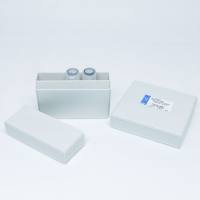Nasal and bronchoalveolar lavage techniques, as well as sputum inductiontechniques, are frequently used for sampling of airway mucosal surface liquids, together with their contents of cell products, plasma proteins, glandular secretions and cells. These techniques continue to provide new information on the nature and pharmacology of airway inflammation in rhinitis and asthma. The relative ease and safety by which nasal lavage techniques can be employed, their repeatability, and the possibility for control of important factors, make it advantageous to use the nose in clinical studies of airway disease mechanisms. The nasal airway thus offers the attractive possibility of exploring gross as well as molecular events directly in the complex, but relevant, disease biosystem. A patient-orientated m vivo focus is also needed, we think, for original discovery of important airway disease mechanisms. This need seems increasingly urgent since many central airway in vivo events have been incompletely researched and since concepts built on data from reductive test systems, such as cell culture and mouse models, may not always translate well into human in vivo events (1 ,2 ). Additionally, the nasal studies are important because they may provide insights into the biology, physiology, and pharmacology of human mucosal mechanisms, also of other parts of the respiratory tract, notably the difficult-to-reach bronchial mucosa (3 ).






